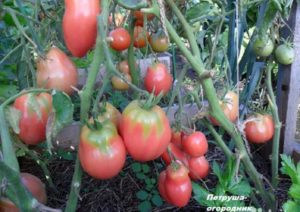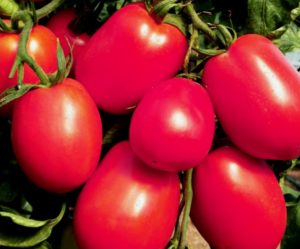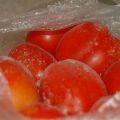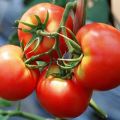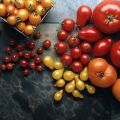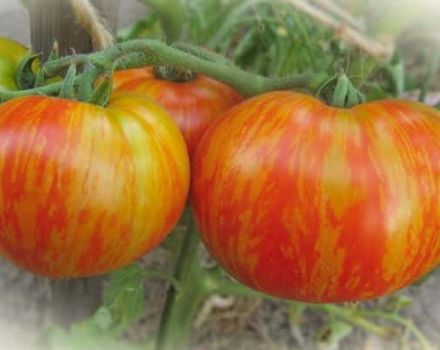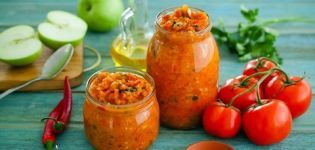Characteristics and description of the tomato variety Dar Zavolzhya
Tomato Dar from the Volga region was bred in the North Caucasus Federal District, bred by specialists of the Russian Federation. Since 1992, the variety has been included in the State Register as a vegetable crop intended for cultivation in the Lower Volga, Central Black Earth and North Caucasian regions. Tomato is successfully grown in other regions of Russia.
Characteristics of the variety
The peculiarities of the tomato are that the bush grows up to 70 cm - there is no need to break off the upper part of the stems. Plants have medium foliage, with a light green tint. The leaves are typical nightshade, have a wrinkled shape without fluff.
Fruits ripen on 6 - 7 clusters. The root is quite powerful, going deep into the ground for half a meter. As the description shows, the first inflorescence is formed over 6 - 7 leaves, and then more often - after almost a couple of leaves. To make the tomatoes larger, several flowers are removed from the inflorescences.
This is an early ripening variety. The ripening time of the first fruits of the Gift of the Trans-Volga region falls on 100 - 110 days after germination. Reviews speak of the positive property of the variety to resist diseases.
These tomatoes are grown in open ground, closed greenhouses and film greenhouses. If the seedlings are planted in open ground, it should be possible to cover the tomatoes from possible late frosts.
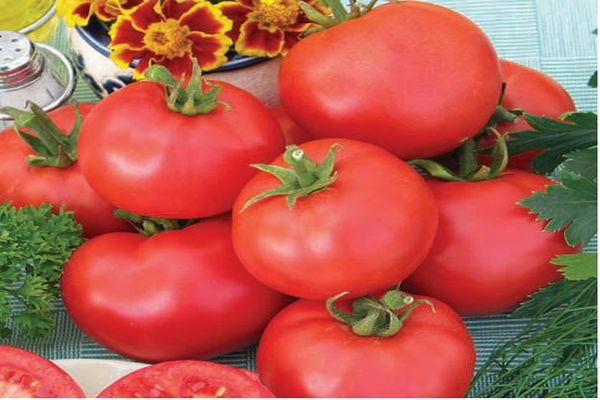
Productivity from 1 sq. m can reach up to 7 kg of tomatoes per season. The collection from one plant reaches 5 kg per summer. This result is considered high for tomatoes with an early ripening period. For example, in tomatoes, the gift of God on a bush only ripens 3 - 5 tomatoes.
Positive aspects and disadvantages of the variety
The few complaints of gardeners about tomatoes of the Dar Zavolzhya variety are only in the sensitivity of plants to diseases. This can be avoided by taking preventive measures. The advantages noted by summer residents speak for themselves:
- high productivity;
- excellent taste.
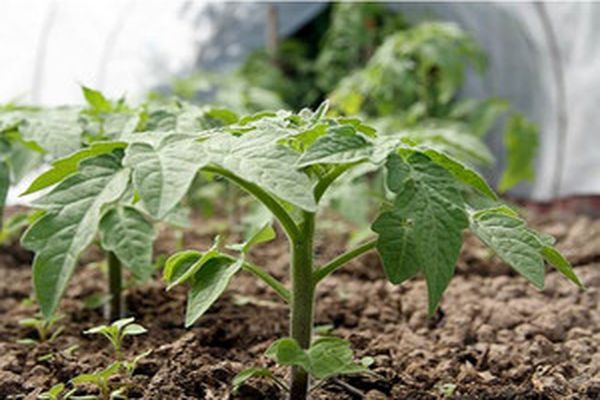
The characteristic and description of the variety states that tomatoes can be transported and stored for a long time.
It should be noted that tomatoes ripen almost at the same time, which is welcome in varieties intended for canning for the winter. A positive characteristic of tomatoes Gift of the Volga region is that the skin of the fruit does not crack.
Description of tomato fruits
Tomatoes Dar Zavolzhya have a slight ribbing. Above and from the bottom of the fruit there is a slight flattening. The weight of one tomato is about 100 g, and the diameter is about 7 cm. When ripe, the tomatoes acquire a red-pink color. Under a thin, but dense skin, tender pulp of medium density.The seeds are placed in chambers, of which one tomato can contain from 3 to 6 pieces.
The description of tomatoes states that tomatoes are a versatile variety. They have a pleasant slightly sweet taste with sourness. Tomatoes are used for salads and sandwiches, they are added to frying and when stewing vegetables. Fruits larger than usual are cut into pieces and preserved in small slices. This is a great option for making ketchup, tomato sauces, and pasta. Studies have shown that tomatoes, when cooked, practically do not lose their beneficial qualities.
Tips for growing tomatoes
Sowing tomato seeds begins in the second decade of March. For the prevention of diseases of young plants, the soil is preliminarily disinfected with the help of manganese.
The soil should be low in acidity and be light to allow air to flow to the roots. This soil is sold in specialty or flower shops.
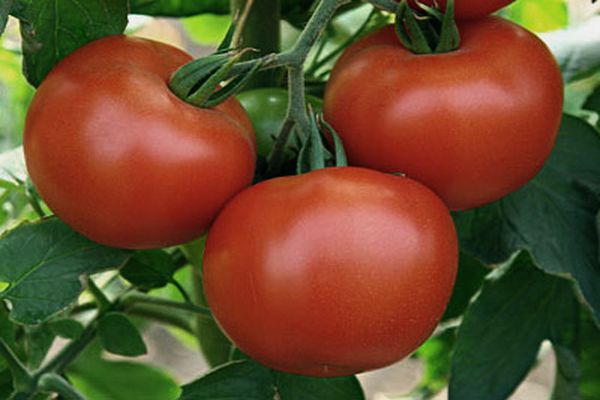
The seeds are laid out in a furrow about 2 cm deep. The distance between the plants in the container should be 2 cm. The planted tomato seeds are covered with soil and watered with water warmed to room temperature. It is advisable to cover the container on top with polyethylene or glass - this does not allow the soil to dry out, and the high humidity ensures friendly shoots. After the first shoots appear, the shelter is removed.
The picking should be carried out at a time when most of the plants will have 2 developed leaves.
Diving is carried out in order to enhance the growth of the root system in seedlings. Plants are removed from the ground and transplanted into another container. Separate pots can be used. It is preferable to make a choice in favor of peat containers or made of pressed paper: tomato seedlings can be planted in holes without removing them from the container and without injuring delicate roots.
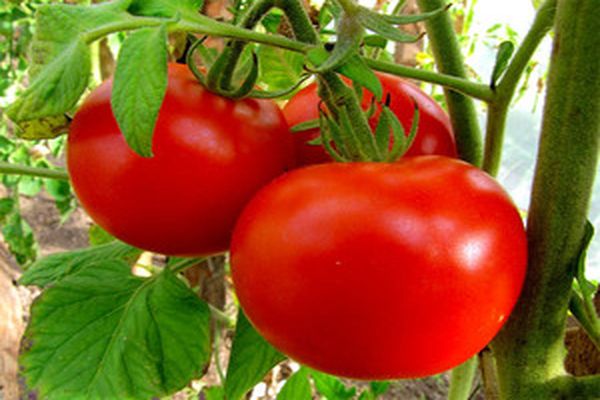
Transplanting into open ground begins after the danger of resumption of night frosts has passed. This period falls around the end of May. With greenhouse cultivation, replanting is carried out 2 to 3 weeks earlier.
Each plant is planted in a separate hole. The distance should be 50 cm. A little phosphorus fertilizer is added to the holes. Water the tomatoes only at the root. It is better to do frequent watering, but not abundant, so that stagnant water does not form. On the second day after watering, it is recommended to loosen the soil.
Plants begin to feed after the beginning of the formation of the ovary, repeat the feeding at intervals of 15 days.
To prevent the stems from breaking off under the weight of the pouring tomatoes, the bushes are tied to supports installed near each plant. The tomato harvest begins in July.
Pest and disease control
It helps to protect plants from diseases by disinfecting the soil. Microbiological preparations for special purposes are used. To save tomatoes from tobacco mosaic, ash is sprinkled on the bushes. Late blight is afraid of processing plants with a solution of copper sulfate: 0.5 tbsp is poured onto 1 bucket of water. l. active component.
